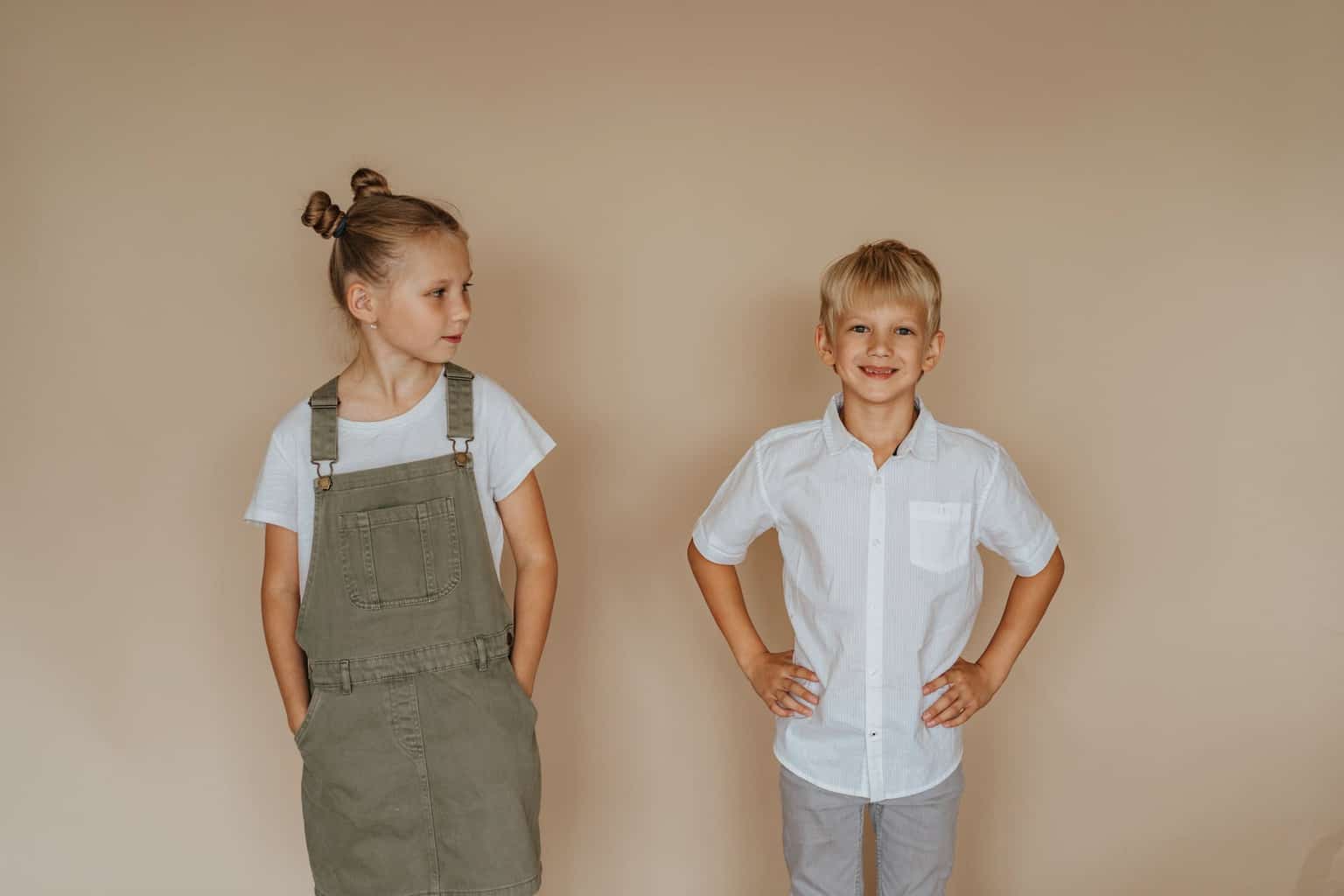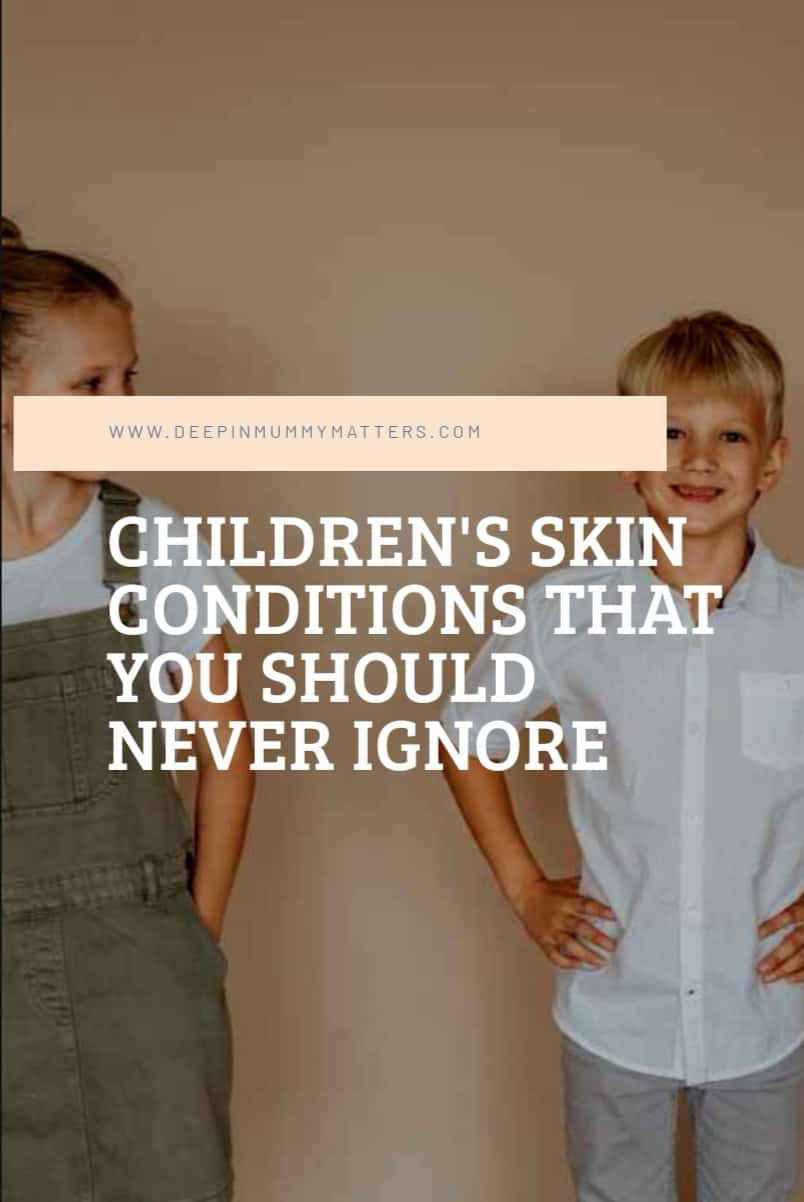Kids are always getting into scrapes, and it seems like every day brings a new bump, bruise or scratch for you to kiss better.
While these knocks are normal, there are some skin conditions that you should never overlook. After all, healthy skin is essential at any age, and particularly in children, as small issues could turn out to be serious issues.

Here’s a list of some of the skin conditions and changes that you should never ignore if you notice them on your little one.
Dry, Itchy Skin
If your child develops dry, itchy patches of skin, then this could be a sign of a wide range of skin conditions, including allergies and eczema. Go to your doctor to find out the cause of the problem and learn how to treat it, so that your child doesn’t hurt themselves by scratching their skin and making it raw and tender. If your child has eczema, then learn how to care for an eczema-prone child to make their lives easier and reduce the chances of the symptoms returning.
Excessive Bruising
Bruises are common in kids, as any parent is well aware! However, excessive bruising, or bruises that seem to turn up for no reason could be a sign of a bleeding disorder. Discuss your issues with your health visitor or doctor, and they can explore the possibilities and do further checks to make sure that your child is healthy and happy. Never underestimate the power of intuition; even if the bruises seem insignificant or others think that they’re not important, you should get them checked out anyway.
Small Colourful Rashes
Splotchy skin that is colourful could be a sign of a serious issue. In some cases, it could even be a symptom of meningitis, which can be fatal in small children. Check if your child has any of the other symptoms of meningitis and if in doubt, take them directly to the hospital. It’s better to be safe than sorry, so make sure that you act proactively when you notice anything that could indicate meningitis. Small, colourful rashes could also be a sign of severe allergies, so if you notice them, then you should act quickly to prevent the problem from becoming more serious and dangerous.
Raised Bumps
Raised bumps, particularly red ones, could be a sign of hives. Many issues cause hives in children, including allergies, so get them checked for allergies and try to eliminate the triggers. It might take time, but you’ll improve your child’s health and make them feel more comfortable; hives can be itchy and distressing, particularly for young children. Ask your doctor for any creams or treatments that could make your child feel better.
Raising a child sometimes feels like an endless stream of different tantrums to deal with, and health scares to fear, but it’s worth it in the end! Use this list to find the skin conditions that you should definitely show to your doctor to make sure your precious little one is safe and healthy.

